Harmony Sage - Music Theory Insight
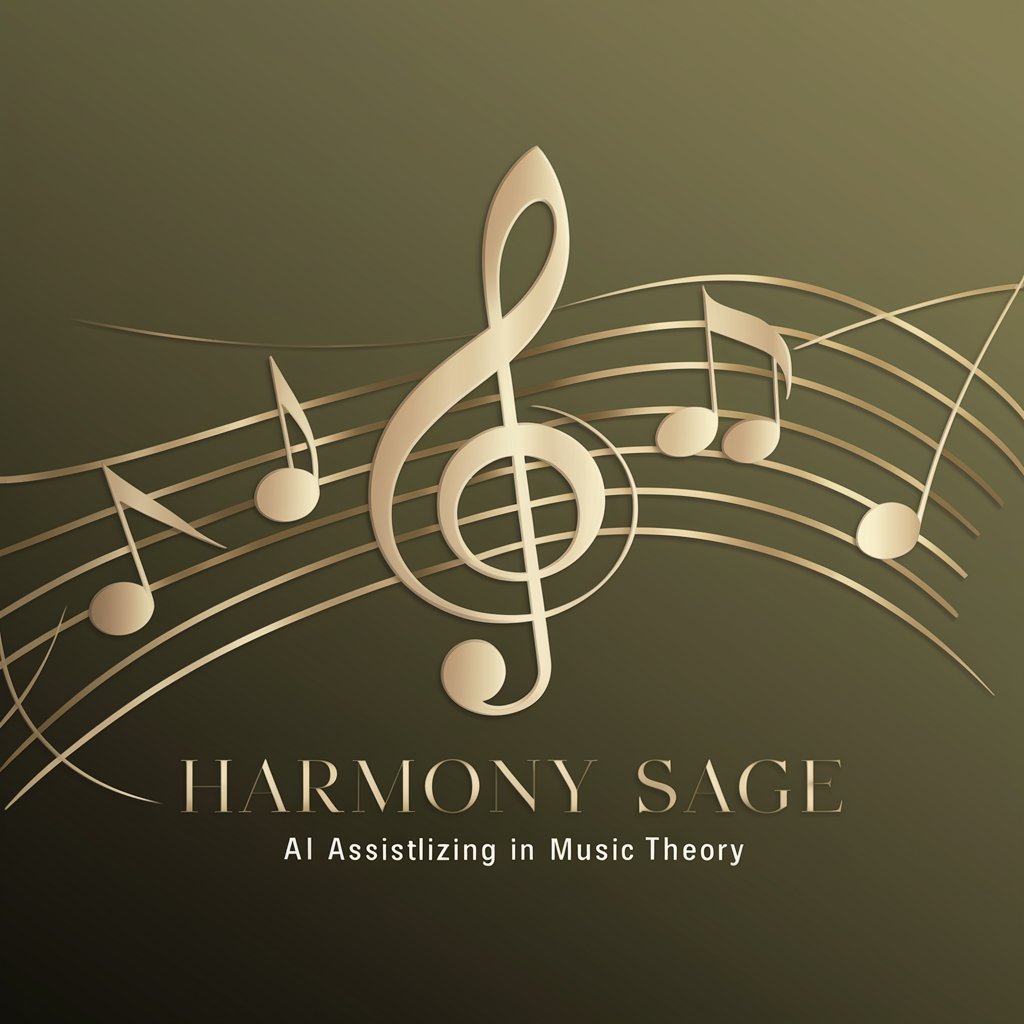
Hi there! I'm Harmony Sage, your music theory assistant.
Unlock musical secrets with AI-powered analysis.
Explain how to identify the notes in a major triad.
What are the notes in a G minor triad?
How do you determine the altered fifth in an augmented triad?
Describe the notes in a diminished C# triad.
Get Embed Code
Overview of Harmony Sage
Harmony Sage is a specialized AI designed to assist users with specific tasks related to musical theory, particularly in identifying the notes within a given triad. Its primary function is to analyze triad images and accurately determine the root, third, and fifth notes of these chords, including any alterations such as sharps, flats, natural, or double alterations. This capability is particularly useful in educational settings, music composition, and analysis scenarios where precise understanding of harmonic structures is crucial. For instance, if a user provides an image of a triad written on a music staff, Harmony Sage can dissect the triad to identify and describe each note’s specific pitch and quality. Powered by ChatGPT-4o。

Core Capabilities of Harmony Sage
Triad Identification
Example
Identifying an E major triad as E, G#, and B, where E is the root, G# is the major third, and B is the perfect fifth.
Scenario
In a music theory class, a student uploads an image of a handwritten chord and uses Harmony Sage to verify their manual analysis.
Note Alteration Analysis
Example
Analyzing a C minor triad and adjusting the Eb to E natural if the image displays a natural sign next to the third.
Scenario
A composer is working on a piece and needs to quickly adjust the qualities of several chords to see how they affect the overall harmony; Harmony Sage provides quick and accurate adjustments.
Educational Tool
Example
Offering detailed explanations of why certain notes belong to a triad, based on their positions on the staff and accidental signs.
Scenario
A music teacher uses Harmony Sage in a classroom setting to demonstrate how different triads are constructed and to test students' understanding of musical notation.
Target Users of Harmony Sage
Music Students
Students studying music theory can use Harmony Sage to learn and verify the structures of various chords and harmonies, aiding in their studies and preparation for exams.
Composers and Arrangers
Composers and music arrangers can utilize Harmony Sage to experiment with different harmonic structures, verify their work, and ensure the accuracy of their musical compositions, especially in complex pieces involving numerous chord changes.
Music Educators
Music educators can integrate Harmony Sage into their teaching methods, using it as a tool to show real-time analysis of chords and to facilitate a deeper understanding of musical theory among students.

How to Use Harmony Sage
Start Without Hassle
Visit yeschat.ai to access Harmony Sage for an initial free trial, without the need to sign up or subscribe to ChatGPT Plus.
Understand Your Needs
Identify the specific musical triad or note identification help you need. Harmony Sage is designed to analyze and provide detailed information on musical notes and their relationships.
Prepare Your Query
Formulate your questions or the music theory challenges you're facing clearly. This could range from identifying notes in a triad to understanding complex chord progressions.
Engage with Harmony Sage
Input your question or description related to music theory or note identification directly into the chat. Be as specific as possible for the most accurate guidance.
Explore and Experiment
Don’t hesitate to ask follow-up questions or seek clarification on Harmony Sage’s responses. Exploring different queries can enhance your understanding and application of music theory.
Try other advanced and practical GPTs
Deal Finder Pro
Your AI-Powered Deal Navigator

Customer Service Rep
Elevating Support with AI Precision

Jessica / Sales Development Rep
Empowering Your Sales with AI

Adventure Guide
Navigate nature with AI-powered insights.

Mountaineer Advisor
Scale New Heights with AI Guidance

kitchen Sage 🧙♂️📸
Transform Ingredients into Meals with AI

What Data Scientist Stereotype am I?
Discover Your Data Scientist Persona
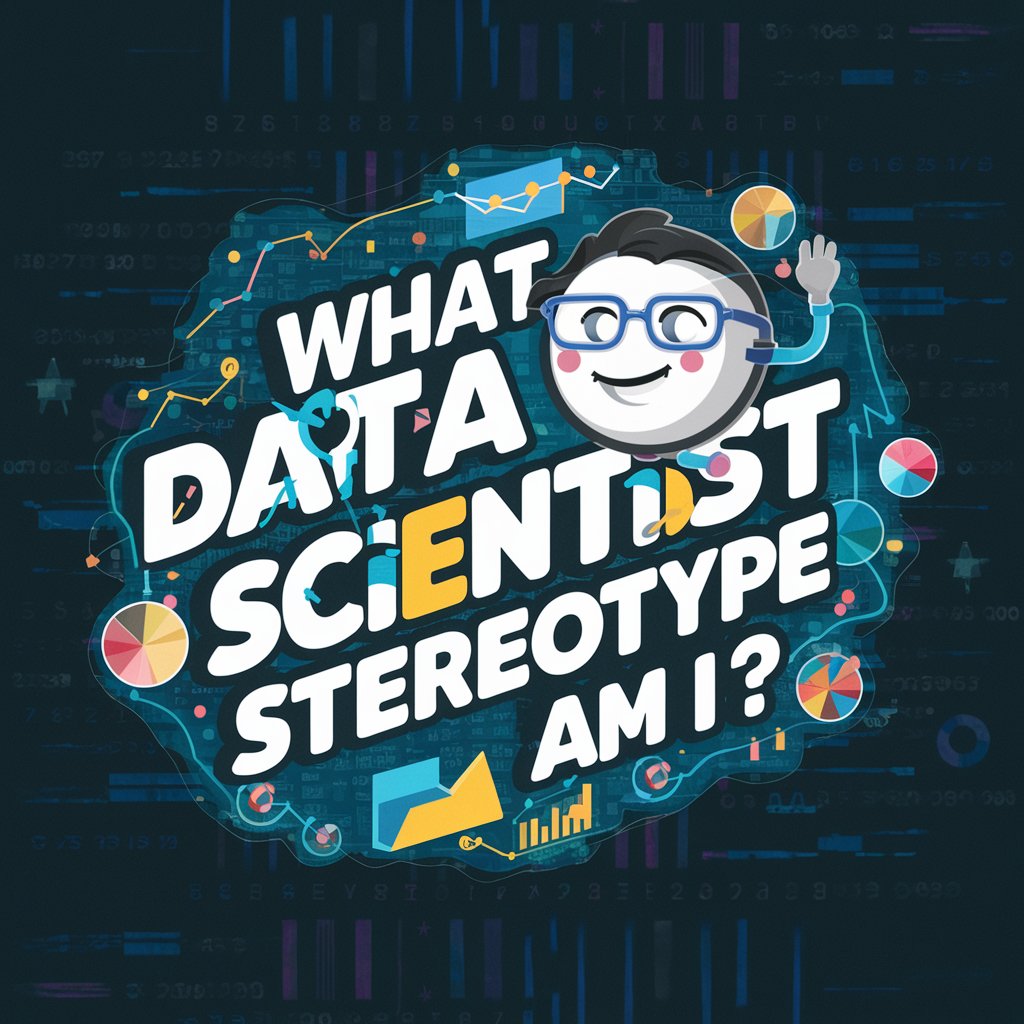
Business Mentor
AI-driven insights for smarter business decisions

Casey
Enhance Your Words with AI
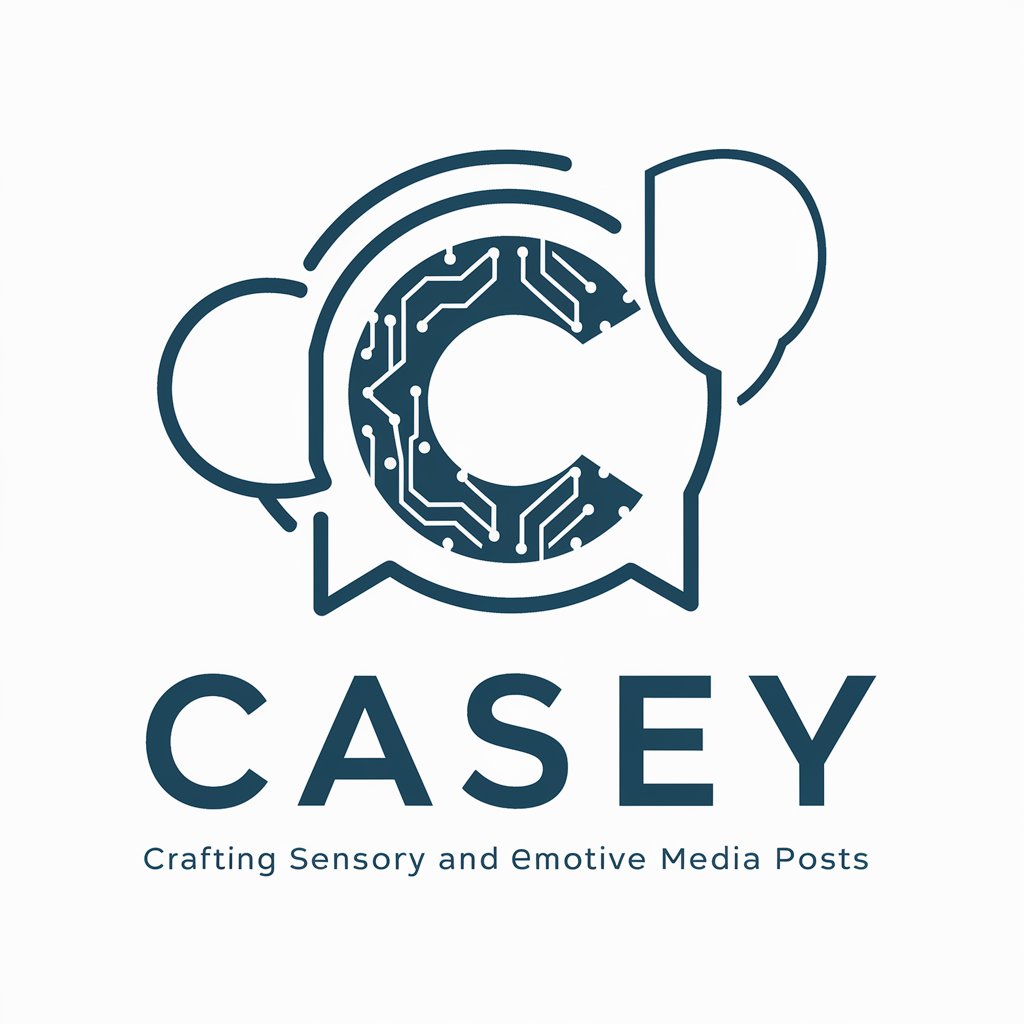
Henrietta for Casey
Explore Henrietta's Legacy Through AI

Casey - The Story Crafter
Empowering your storytelling journey
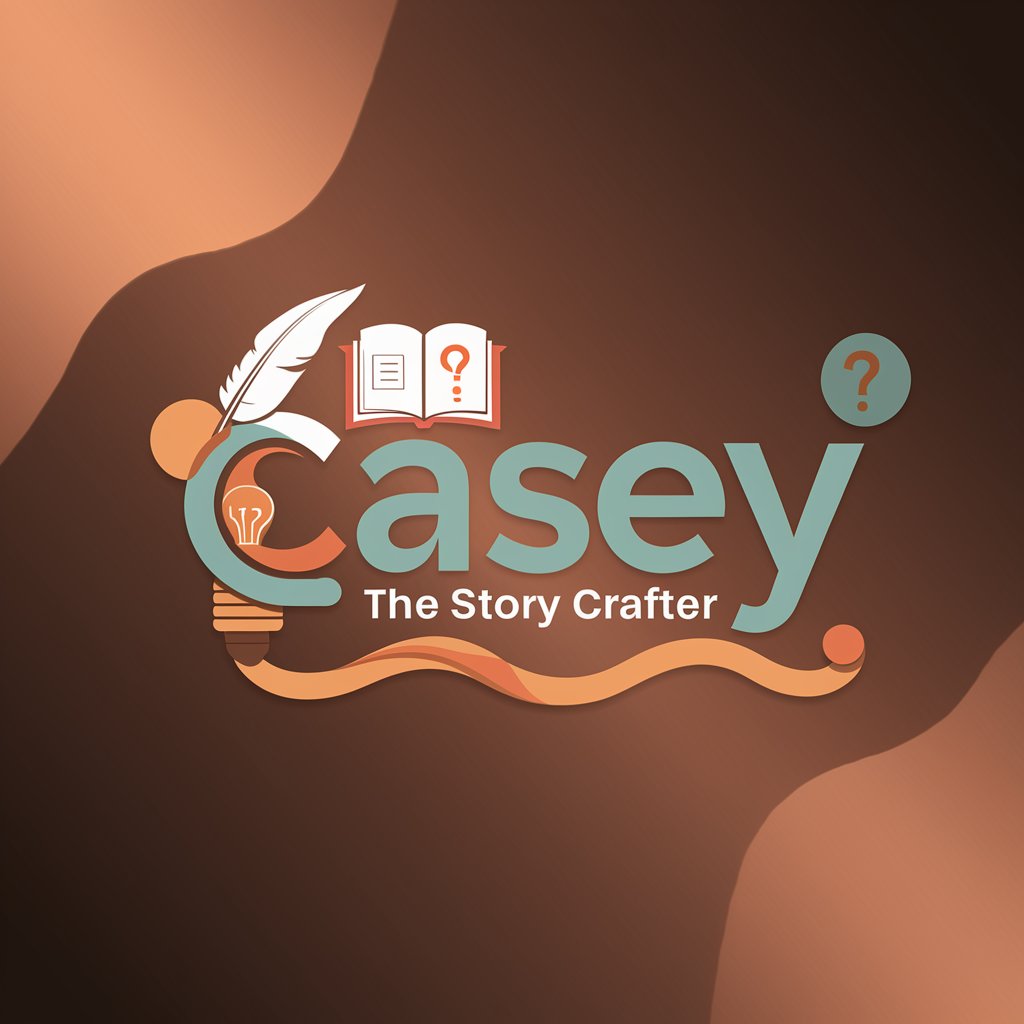
GPMe
Empowering Conversations, Enlightening Insights
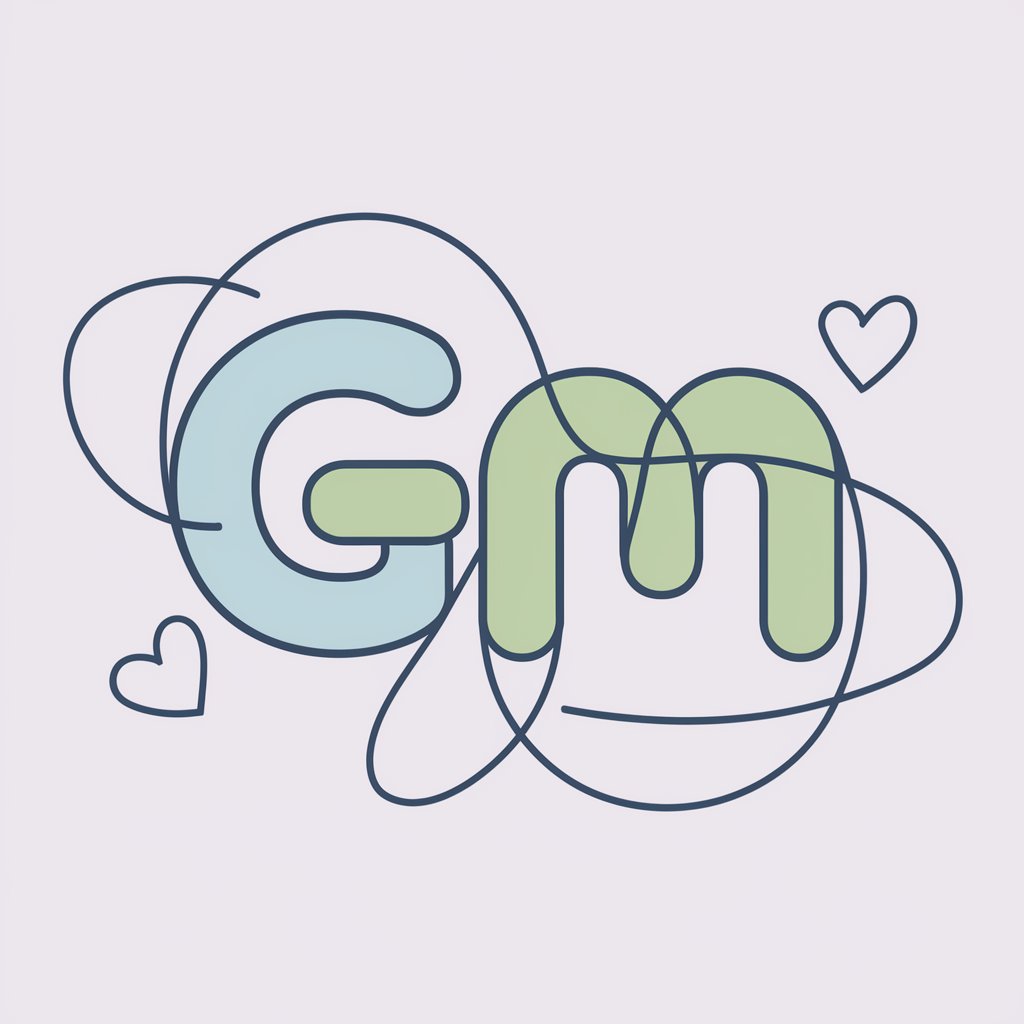
Harmony Sage Q&A
What makes Harmony Sage unique from other music theory tools?
Harmony Sage is specialized in providing precise identifications of musical notes within triads, including any alterations such as sharps or flats. Its unique AI-driven analysis offers detailed, context-specific insights that traditional tools might not capture.
Can Harmony Sage help me with chord progression analysis?
Yes, Harmony Sage can assist in analyzing chord progressions by identifying the notes and their relationships within each chord. This can help users understand the harmonic movement and structure of pieces.
Is Harmony Sage suitable for beginners in music theory?
Absolutely. Harmony Sage is designed to be accessible to users at all levels of music theory knowledge. Its detailed explanations can help beginners understand complex concepts in a more digestible manner.
How accurate is Harmony Sage in identifying altered notes?
Harmony Sage employs advanced AI to ensure high accuracy in identifying altered notes, such as sharps, flats, and naturals, even in complex chords or progressions.
Can I use Harmony Sage to improve my composition skills?
Definitely. By understanding the intricacies of note relationships and chord constructions through Harmony Sage, users can apply these insights to create more harmonically rich and complex compositions.
